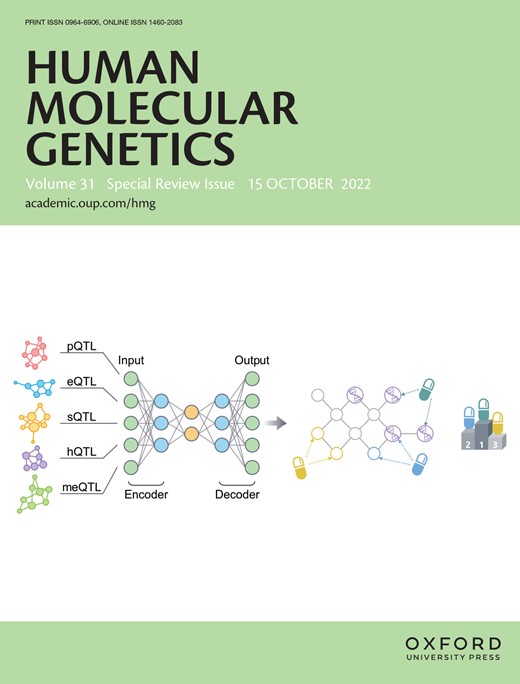Abstract
Enhancers are pivotal for regulating gene transcription that occurs at promoters. Identification of the interacting enhancer–promoter pairs and understanding the mechanisms behind how they interact and how enhancers modulate transcription can provide fundamental insight into gene regulatory networks. Recently, advances in high-throughput methods in three major areas—chromosome conformation capture assay, such as Hi-C to study basic chromatin architecture, ectopic reporter experiments such as self-transcribing active regulatory region sequencing (STARR-seq) to quantify promoter and enhancer activity, and endogenous perturbations such as clustered regularly interspaced short palindromic repeat interference (CRISPRi) to identify enhancer–promoter compatibility—have further our knowledge about transcription. In this review, we will discuss the major method developments and key findings from these assays.
